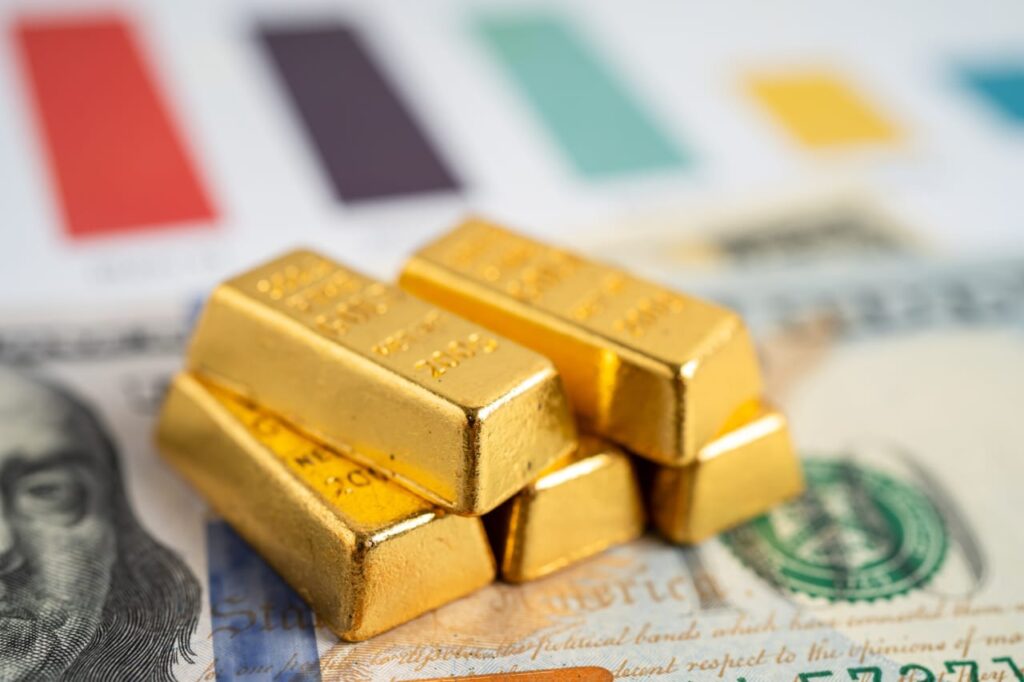As individuals seek to safeguard their financial future, incorporating precious metals into a retirement plan has become an increasingly popular strategy. Gold, silver, platinum, and palladium are not only timeless stores of value but also offer a hedge against inflation, economic volatility, and market downturns. Consider speaking with a financial advisor or working with a trusted provider like money metals to explore your options and take the next step toward a resilient retirement strategy. Here’s a guide on how you can strategically include precious metals in your retirement portfolio.
Why Precious Metals Belong in a Retirement Strategy

Precious metals, particularly gold and silver, have historically maintained their value during periods of financial uncertainty. They serve as a diversification tool, reducing reliance on traditional paper-based assets like stocks and bonds. During market corrections or inflationary periods, these metals often perform well, providing stability and growth potential.
Key benefits include:
- Hedge against inflation: As the value of currency decreases, precious metals typically retain or increase in value.
- Portfolio diversification: Metals behave differently from stocks and bonds, reducing overall portfolio risk.
- Tangible asset: Unlike digital or paper assets, metals are physical and not subject to cyber threats.
Steps to Include Precious Metals in Your Retirement Plan
1. Understand IRS Rules for Precious Metals in Retirement Accounts
The IRS allows certain types of precious metals to be included in retirement accounts, specifically through a Self-Directed IRA (SDIRA). However, not all metals or coins are permitted. Eligible metals must meet minimum fineness requirements:
- Gold: 99.5% pure
- Silver: 99.9% pure
- Platinum & Palladium: 99.95% pure
Common IRS-approved products include American Gold Eagles, Canadian Maple Leaf’s, and gold or silver bars from approved refiners.
2. Set Up a Self-Directed IRA (SDIRA)
To invest in physical metals, you’ll need a self-directed IRA, which allows for alternative investments beyond traditional stocks and bonds. You’ll need to:
- Open an account with a custodian that specializes in SDIRAs.
- Fund the account through a rollover, transfer, or new contribution.
- Choose a precious metals dealer with a strong reputation.
3. Select a Custodian and a Storage Facility
The IRS requires that physical precious metals in an IRA be held by an approved third-party custodian not stored at home. Your custodian will coordinate with a secure depository for safe storage. Reputable depositories offer segregated or non-segregated storage options, depending on your preference.
4. Choose the Right Mix of Metals
Diversify within your precious metal’s allocation. While gold is the most common choice, silver can offer higher growth potential due to industrial demand. Platinum and palladium may be considered for further diversification, although they are more volatile.
Experts generally recommend allocating 5% to 15% of your portfolio to precious metals, depending on your risk tolerance and investment goals.
5. Monitor and Adjust Your Holdings
Like all investments, precious metals require periodic review. As market conditions and your retirement goals evolve, consider rebalancing your metals allocation. Pay attention to macroeconomic indicators like inflation rates, currency strength, and central bank policies that can affect metal prices.
Alternative: Precious Metals ETFs and Mining Stocks
If you prefer not to hold physical metals, you can still gain exposure through:
- Precious metals ETFs: These funds track the price of gold, silver, etc., and trade like stocks.
- Mining company stocks: Shares of companies that produce precious metals offer indirect exposure with growth potential.
However, these options do not provide the same security or inflation hedge as physical assets.
Including precious metals in your retirement plan can provide peace of mind, especially in uncertain economic times. With the right approach through a self-directed IRA, proper custodianship, and informed investment choices, you can harness the enduring value of gold, silver, and other metals to protect and grow your retirement savings.






